Variety's 10 Artisans to Watch in 2023
- Oops!Something went wrong.Please try again later.
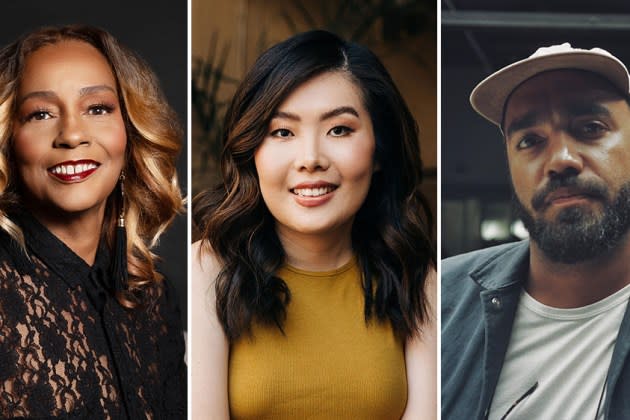
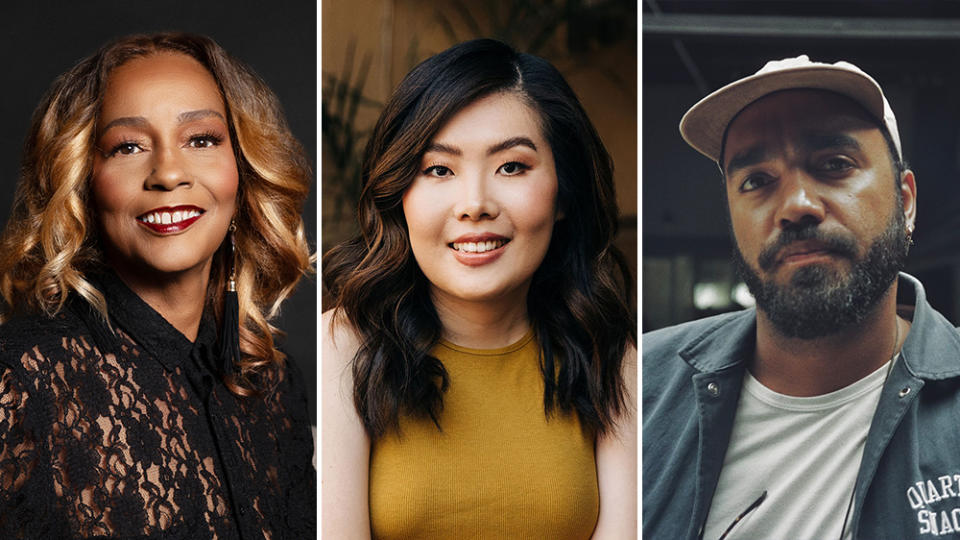
Narrowing down the list of artisans who are making a mark in their respective fields for our
annual selection of 10 to watch is never an easy task.
More from Variety
'Maestro,' 'Poor Things' and 'Barbie' Among Movies Screening at SCAD Savannah Film Festival
SCAD Savannah Film Festival 2023 Lineup to Include 'Poor Things,' 'Maestro,' 'Origin'
Many artisans will spend years working their way through various positions, building up an incredible catalog of work and experience as they do so. Finally, they become department heads and find themselves in charge. 10 Artisans to Watch celebrates those who are breaking through this season, making an impact on their craft.
This year’s honorees include artisans who worked on films such as “Barbie,” “Saltburn” and “Poor Things” and small screen projects including “The Last of Us.”
Variety’s 10 artisans to watch will be presented at SCAD Savannah Film Festival on Oct. 23.
Dominique Dawson
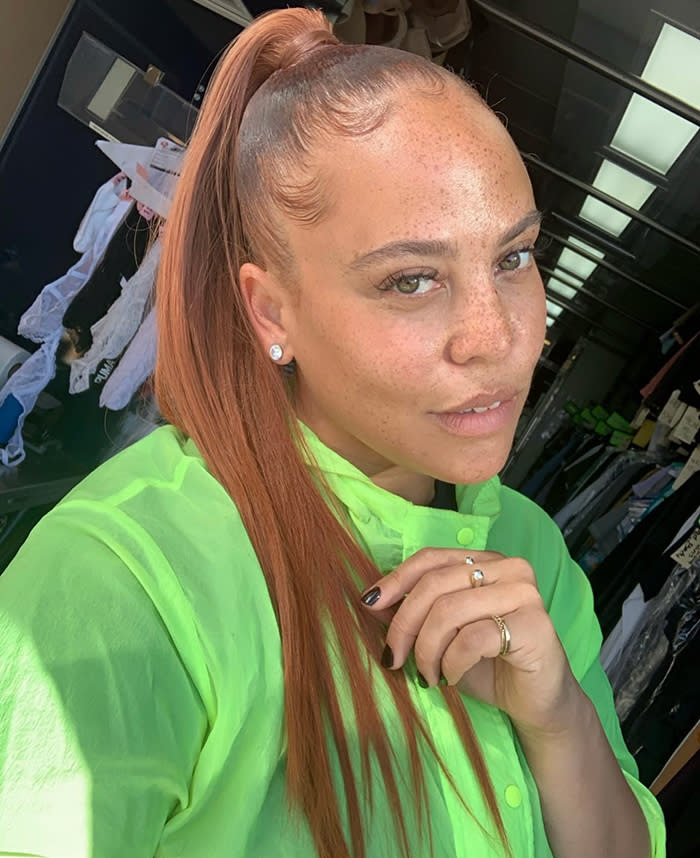
Costume designer, “Origin”
Dawson recalls seeing “The Nutcracker” at the San Francisco Ballet in second grade and being in awe of the outfits as a pivotal moment for her. Her long-held appreciation for the art of costuming has led her to work on several films and TV shows, including Ava DuVernay’s “Origin” and Donald
Glover’s “Swarm.”
At NYU, she studied design, directing and acting. “At the end of the day, they’re all about storytelling, right? They’re just exercising different muscles,” she says of pursuing several disciplines.
She and DuVernay worked together previously on two projects, so they had a strong rapport going into “Origin,” a film shot at locations all over the world, including India, Berlin and Savannah, GA.
“This production required so much historical research for me,” Dawson says. “It was challenging at times to have to retain so much information on so many different periods.”
Dawson had a similar experience working on “Swarm”: In that Amazon show, the main character visits various cities, requiring her to determine appropriate wardrobe choices for each.
“We were bold enough to tell this kind of difficult story,” she says of the series’ three Emmy nominations. “People are opening their hearts, and I think that’s so significant.”
Her other credits include “The Last Black Man in San Francisco,” “L.A.’s Finest,” “Colin in Black & White” and “DMZ.”
Influences: Miranda July, Paul Tazewell
Melissa Forney
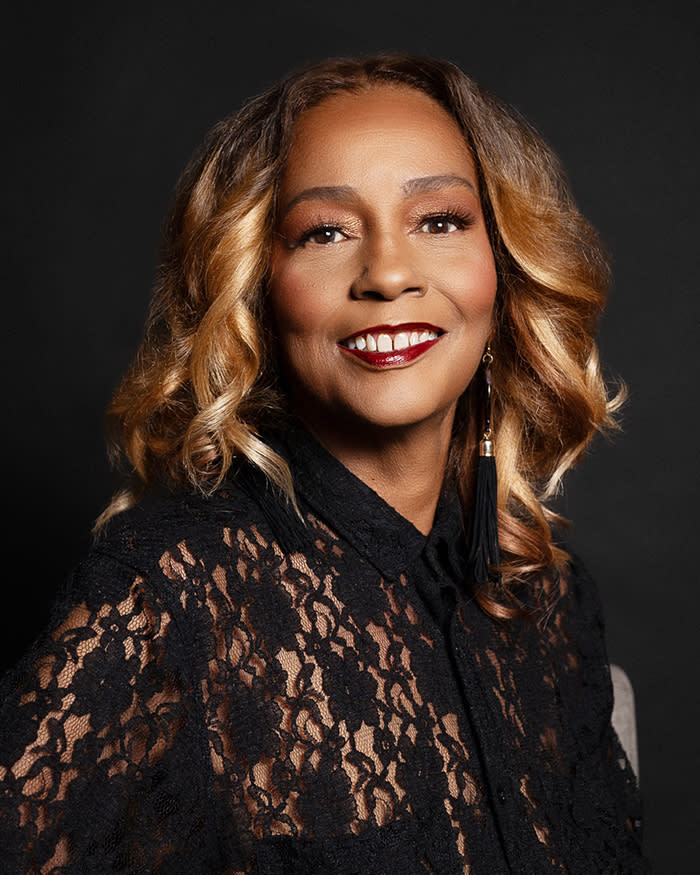
Hair department head, “Rustin”
Forney began her career in a beauty supply store, immersing herself in product knowledge and hair tools. “My journey into the world of hairstyling was sparked by the influence of my older sister, Pamela, who instilled in me the aspiration to pursue a career in cosmetology,” she says.
After transitioning into the role of a shampoo technician, she met a producer — which led to her inclusion in the hair team on her first project, the 1997 CBS miniseries “True Women.”
Since then, she has gone on to work on films such as “The Newton Boys,” “One Night in Miami” and “The Kingdom,” as well as TV series including “Empire,” “Friday Night Lights” and “The Leftovers.”
As hair department head on Netflix’s “Rustin,” about the gay civil rights leader that planned the 1963 march on Washington, Forney conducted ample research on the hairstyles of each character. “Given that this project was based on a true story, the imperative to accurately capture the essence of each character’s hair was a daunting task,” she says.
Despite this additional challenge, she says the most fulfilling part of working on the film was the appreciation for the characters’ hair transformations.
Aside from working with “Rustin” star Colman Domingo, Forney has worked with a roster of talent that includes Tracee Ellis Ross, Regina Hall, Cicely Tyson, Katherine Heigl, Kristen Stewart, Keke Palmer, Taraji P. Henson, Mahershala Ali and Jamie Foxx.
Influences: Joanie Yarborough, Phillip Ivey and Medusa
Nick Houy
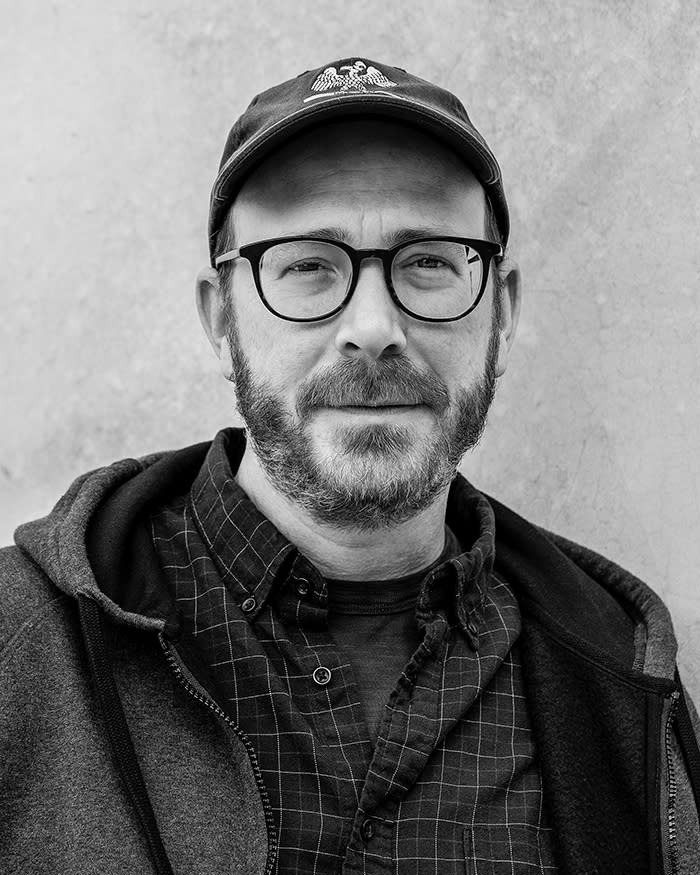
Editor, “Barbie”
Houy realized he could pursue editing while working as a PA on a film in New York. “I looked around and was like, ‘I can join the union, work on a film and help the editor,’” he says.
From there, Houy would go on to collaborate with Greta Gerwig on “Little Women” and “Lady Bird,” but he says that this year’s “Barbie” was a whole different ball game. “It was so huge,” he says. “It was a comedy, but it also had serious, dramatic moments. We knew we had to ride that fine line throughout, creating the proper rhythm that allows you to make those gear shifts.”
Houy says Stanley Kubrick’s films were an inspiration point for his editing on “Barbie,” specifically that of its opening scene. “At the beginning, we’re doing a ‘2001’ thing, so I studied that sequence a lot,” he says. He reveals that “Singin’ in the Rain’s” dream ballet inspired Ryan Gosling’s “I’m Just Ken” performance.
“There’s a dream within a dream dance ballet in that film that we recreated [on the] ‘I’m Just Ken’ dream ballet,” he says. “We tried to make it … surreal and bizarre — and we may have succeeded in surpassing reality.”
Influences: Cécile Decugis, Sam O’Steen, Verna Fields, Sam Pollard
Shabier Kirchner
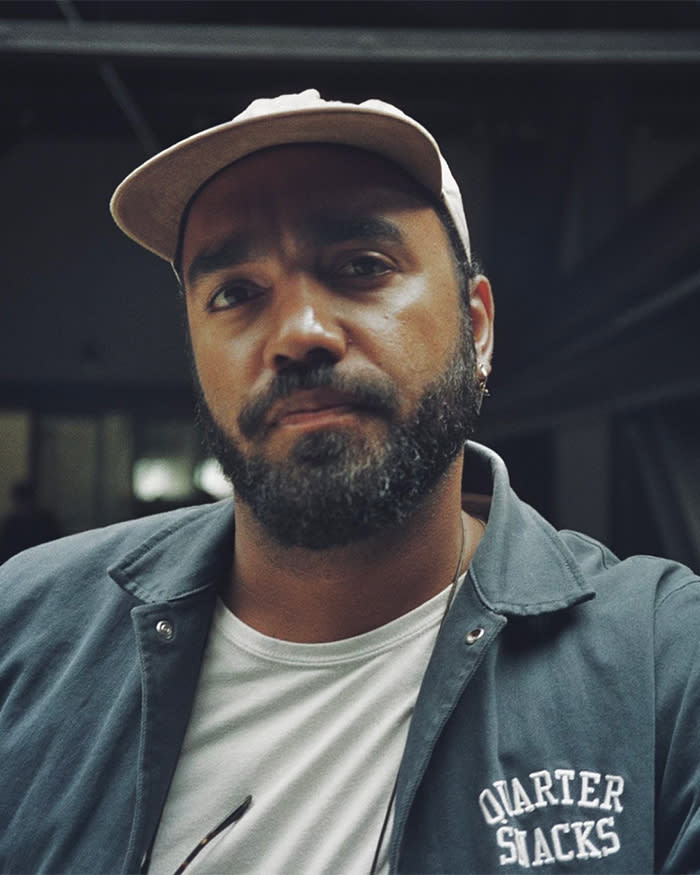
Cinematographer, “Past Lives”
Growing up in the Caribbean, Kirchner first became interested in cinematography from watching his father shoot underwater film as a scuba diver. When he was 15 years old, a Dutch commercial the director visited his school — and Kirchner soon realized his passion for cinematography could become a career.
“I just became really obsessed with the process of shooting, cutting, and one thing sort of led to another,” he says. “It was like the only thing that I understood how to do, and I just pursued it feverishly.”
After not getting into film school, he moved to New York to pursue cinematography. Since then, he has worked on several projects including “Bull,” “Small Axe” — which earned him a BAFTA Television Craft award — and most recently, “Past Lives.”
“Every project I work on is just wildly different. Every time I jump on a project, it feels like I’ve never done something before, so it’s always a very sort of fresh and new and slightly intimidating experience,” he says.
Reflecting on his connection to “Past Lives,” Kirchner says, “I felt like I had worked and lived my life in order so that I could make this film.”
Influences: Robby Müller, Paul Thomas Anderson, Spike Jonze, Steve McQueen, Wong Kar-wai, Kahlil Joseph, Bradford Young
James Price
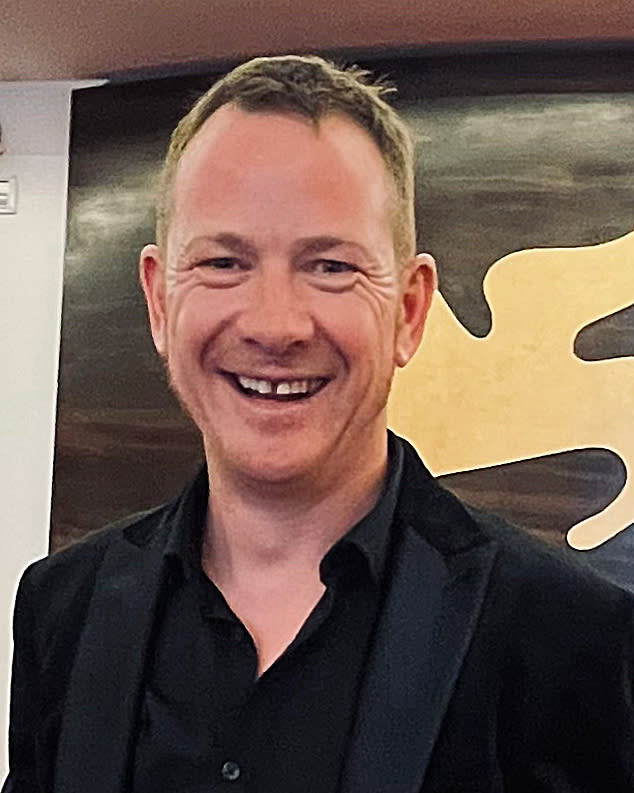
Production designer, “Poor Things”
Watching the British espionage series “The Avengers” was one of the first time Price “was really aware of design.” He loved the series so much that went on to study its set and prepare a thesis on it
at university.
Growing up, he thought he would become a stonemason, but shifted gears when a guest of his family’s bed and breakfast suggested design as a career path. “They asked, ‘Why has James never thought about design for film or TV?’” he recalls.
Price led the production design of Yorgos Lanthimos’ “Poor Things,” a project he calls “pretty challenging.” “Yorgos had never shot on-set before,” he says. “He wanted to create a studio movie from the ’30s but with today’s technology.”
He says the film “had four big sets — London, Lisbon, Paris and the ship — which gave us this opportunity to create an immersive environment.” In Lisbon, “there were 12 blocks of buildings, but also a cobbled street which was a different level. We would build everything out of steel frames like you would a skyscraper.
“It’s really tricky,” he continues. “We wanted to have a big, colorful, fun place full of exciting things.” In the film, Emma Stone’s Bella is in love and “[Lisbon is]the first place she’s really experiencing outside of London. We wanted it to feel magical, almost like a theme park.”
Influences: Nathan Crowley, Stuart Craig, Gary Williamson
Carol Rasheed
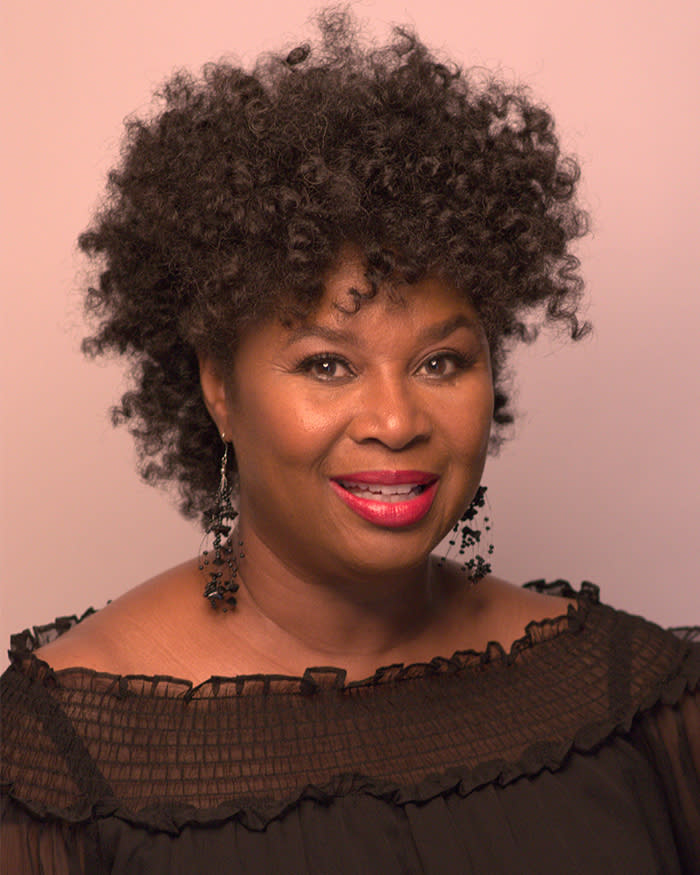
Makeup department head, “The Color Purple”
Rasheed was first introduced to her craft when she applied to work at a department store’s makeup counter. Her credits include “The First Lady” and “The Big Door Prize,” and now, Warner Bros.’ “The Color Purple.”
As department head, she make sure that her team understands how versatile makeup can be as a storytelling device. “Makeup can make you look old, makeup can make you look sad, makeup can make you look like a monster — it does everything,” Rasheed says.
She also emphasizes how collaborative the process of creating a character’s look is, with cinematography and lighting having a significant impact on makeup choices. “As a department head, I want to make sure that my actors are looking the best that they can look,” she says.
This approach certainly applied to her work on “The Color Purple,” which, as Rasheed notes, features characters of all different skin tones. “My thing was to make sure that I not necessarily follow what they did for the first movie but follow in the re-imagination of it by making these women look beautiful, even though it was the time that it was,” she says.
Rasheed is continuing to head the school she founded in Atlanta, the TV and Film Makeup Academy; she’s also launching her own cosmetics line in November.
Influence: Ellie Winslow
James Shirley
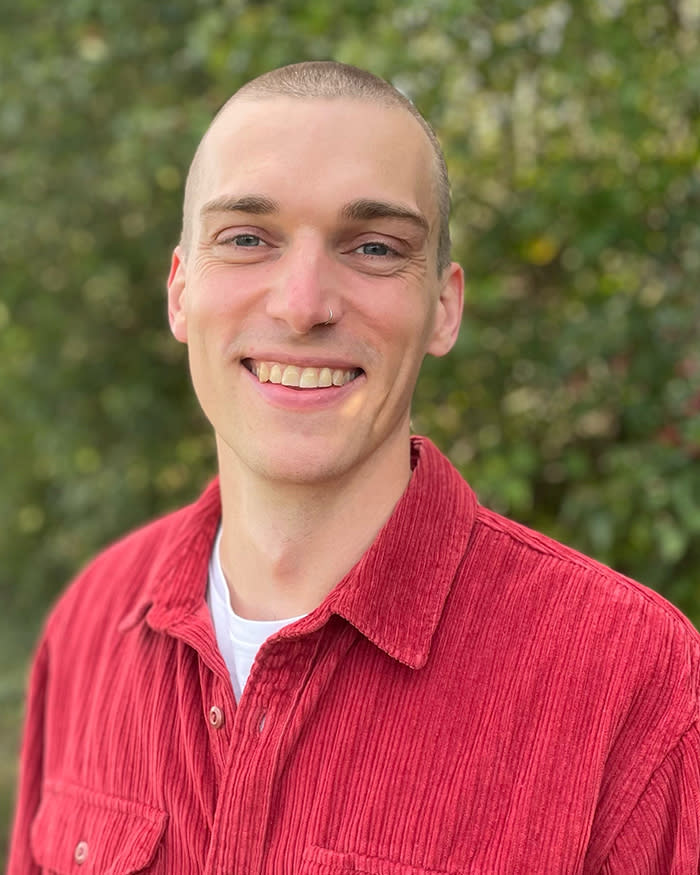
Sound editor-designer, “Moonage Daydream”
Shirley was intrigued by the world of sound production watching “The Dark Knight.” “When I heard the Batmobile in Christopher Nolan’s ‘The Dark Knight,’ I remember thinking, ‘Who the hell made that sound?’” he says.
Studying literature and playing music during university, Shirley quickly knew he wanted to blend the two worlds. “How do I work with narrative, but also with sound and music?” he says. “That’s how I came to the idea of being a sound editor and music editor.”
When crafting the sound editing for David Bowie documentary “Moonage Daydream,” which earned him an Emmy nomination, Shirley collaborated with director Brett Morgen to create a “sound poem.” He lauds Morgen for giving “us a huge amount of freedom to really try anything and everything,” a liberating approach that encouraged them to think about “what palette of associated sounds would fit with the mood of [Bowie’s] songs.”
Shirley also worked on-set with the music on Disney’s 2023 “The Little Mermaid”. “Scenes with Sebastian the crab needed to be timed very carefully to a piece of music, but also, the dialogue needed to be cued in a way that fits into how the scene was being performed. The real fun challenge of that was cueing the music.”
He’s got “Bob Marley: One Love” on deck in 2024.
Influence: Richard King
Anthony Willis
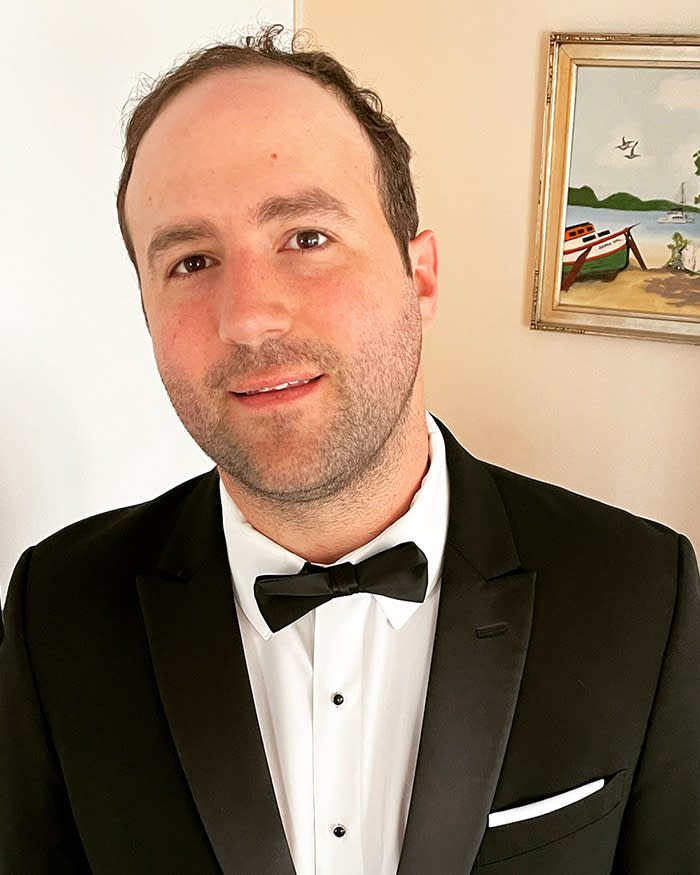
Composer, “Saltburn”
Having grown up singing as a chorister in England’s Windsor Castle, Willis has spent his career “trying to recreate that unique feeling of wonder.” Willis’ credits include
“M3GAN,” “Solitary” and “Promising Young Woman,” which earned him a BAFTA score nomination.
“Like most composers, my taste is a melting pot of all the music I’ve experienced and been attracted to,” he says.
His latest project is Emerald Fennell’s “Saltburn.” He says his choral background, as well as his time studying music in Bristol, was especially helpful in crafting the sound of the film. “We used classical language as the symbol for status, and the opulence that Oliver (Barry Keoghan) aspires to, so it was important to bring that to his journey,” Willis says.
Working with Fennell was “as good as it gets,” he says. The director has a huge influence on his work, allowing him to grow musically through these collaborations.
Willis’ other credits include DreamWorks’ animated short film “How to Train Your Dragon: Homecoming” and David Yarovesky’s thriller “The Hive” — which he collaborated on with DJ Steve Aoki. As a protégé of Oscar-nominated composer John Powell, Willis has also contributed additional music to several franchises including “How to Train Your Dragon,” “Solo: A Star Wars Story,” “Jason Bourne” and “Rio.”
Influences: Experiences as a chorister, studying music in Bristol, “Titanic,” “Gladiator”
Kaitlyn Yang
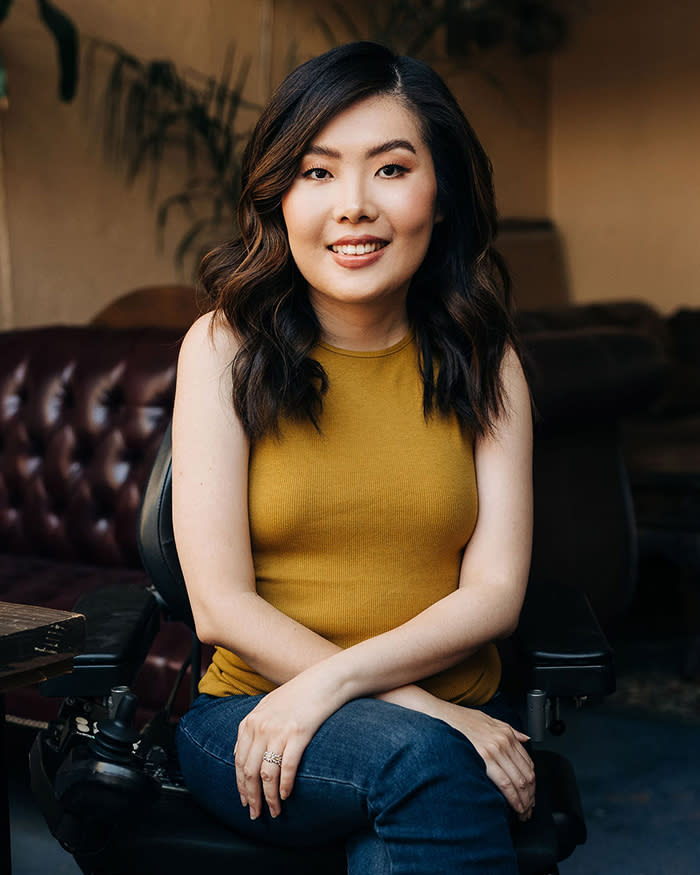
VFX Supervisor “American Born Chinese”
After immigrating to the United States from China when Yang was 9, Yang’s parents wanted her to watch a movie every day to learn English. She recalls the first time she saw “Star Wars: Episode I — The Phantom Menace” and wondered: How do they get everyone in outer space to film it?
“I got bitten by the visual effects bug relatively young,” she says. At USC’s film school, she studied animation with an emphasis on visual effects. “All that trajectory has been leading up to me watching how visual effects actually come to life on the computers,” she says.
In addition to serving as the visual effects supervisor and CEO of the post-production company Alpha Studios, Yang has supervised the visual effects department on numerous TV shows. Most recently, she was the visual effects supervisor on Disney+’s “American Born Chinese.” As an influence, the crew pulled up the 1980s Chinese series “Journey to the West,” which she remembered watching as a kid. “It felt like a version of homecoming for me,” Yang says.
Her other credits include “Grey’s Anatomy,” “The Shrink Next Door” and “Raised by Wolves.” Yang is also the founder of 1IN4, an intersectional coalition of disabled creatives focused on increasing the employment and authentic representation of disabled people in media.
Influences: “Sabrina the Teenage Witch,” “Charmed,” “Buffy the Vampire Slayer,” “Angel,” “Harry Potter,”
“Star Wars”
Matt Yocum
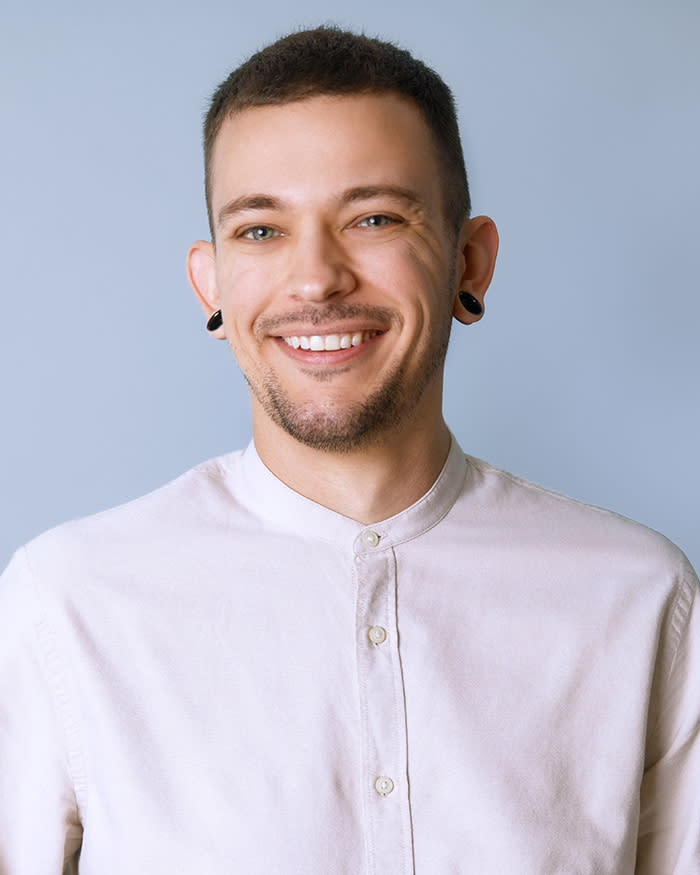
Sound editor-designer, “American Fiction,” “The Last of Us”
Growing up, Yocum was inspired by the iconic lightsaber clashes of “Star Wars” and the dinosaur roars of “Jurassic Park” — and now he shapes the soundscapes for some of today’s most popular films and TV shows.
Yocum attended a performing arts high school where he studied music production, which was his introduction to the world of sound mixing and editing. At Savannah College of Art and Design. Yocum credits his alma mater with teaching him the importance of collaboration in the filmmaking process. “I can work with the composer to decide, ‘What are going to be the moments that each of us gets to take the spotlight and shift back and forth in a harmonious way to ultimately tell the story that’s in front of us?’” Yocum says.
For “American Fiction,” Yocum worked to create an “authentic New England soundscape.” He has also shaped the sounds of the film “Devotion,” and takes inspiration from his peers in the industry.
When working on a film, he constantly returns to the heart of the story. “I’m always asking myself, ‘What’s the emotion that the audience is supposed to be feeling? And what are things that I can do
through sonic cues to reinforce that idea?’ Whether it’s happy, whether it’s sad, whether it’s tense, or mysterious,” Yocum says. “The goal is always to keep learning, keep climbing. I would love to continue to supervise and mix films at a larger and larger scale.”
Influences: “Star Wars,” “Jurassic Park”
Best of Variety

